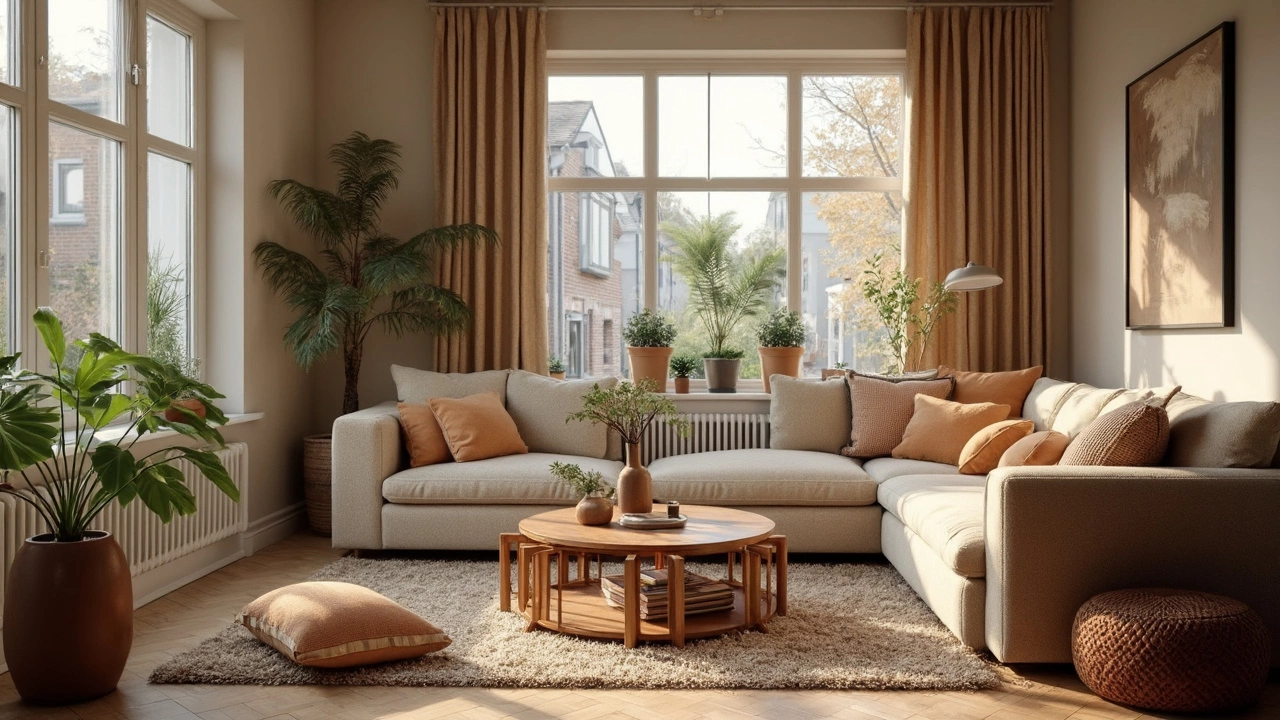Furniture Colors: Choose the Right Hue for Any Space
Picking a color for a piece of furniture feels like a big decision, but it doesn’t have to be. The right hue can tie a room together, hide wear, and even boost your mood. Below you’ll find simple steps that work for a cottage, a city flat, or a rustic cabin.
Why Color Matters
Color changes the way a room feels in seconds. A deep green sofa can make a spacious living room feel cozy, while a light gray coffee table keeps a small space airy. It also influences how quickly you notice scratches or stains – darker finishes hide them better, bright ones show them fast.
Current trends lean toward muted tones like soft blues, warm greys, and earthy greens. Those shades blend well with both modern and traditional décor. If you like a pop, try a single accent piece in mustard or teal. The key is to let the accent shine without overwhelming the rest of the room.
Think about what the furniture will do. A dining table sees food spills, so a stain‑resistant finish in a medium tone works well. A bedroom nightstand is hidden most of the time, so you can afford a bold color that adds character.
How to Pick the Right Shade
Start with the light in the room. Natural light brightens dark colors, while artificial light can make them look dull. Place a sample board near a window and check it at different times of day.
Next, look at the existing palette – walls, curtains, rugs. Pull a color from a carpet or a piece of artwork and match it. This creates a visual link that feels intentional.
Consider the mood you want. Cool colors (blues, greens) calm the space, warm colors (reds, oranges) energize it. Choose the vibe that matches the room’s purpose.
Test with paint swatches or removable wraps before committing. Small patches let you see how the hue reacts to textures and shadows on the actual piece.
When sustainability matters, opt for low‑VOC, water‑based finishes. They smell less and are kinder to the environment, which fits the Rustic Social ethos.
Mixing finishes can add depth. Pair a matte side table with a glossy chair leg for subtle contrast. Just keep the overall color family consistent to avoid visual chaos.
Finally, make a quick checklist: light level, existing colors, room function, mood, sustainability, and finish type. Run through it and you’ll land on a color that looks great and lasts.
What Color Is Replacing Gray for Decorating?
Gray used to be the go-to color for modern decorating, but things are changing fast in 2025. Warmer, earthy hues are showing up in furniture, walls, and accessories. Shades like rich taupe, soft terracotta, and natural greens are taking over showrooms. These new colors blend easily with existing furniture and work for both big updates and quick fixes. If you’re thinking of changing up your space, it’s worth seeing how these fresh tones can bring new life to your home.
More
